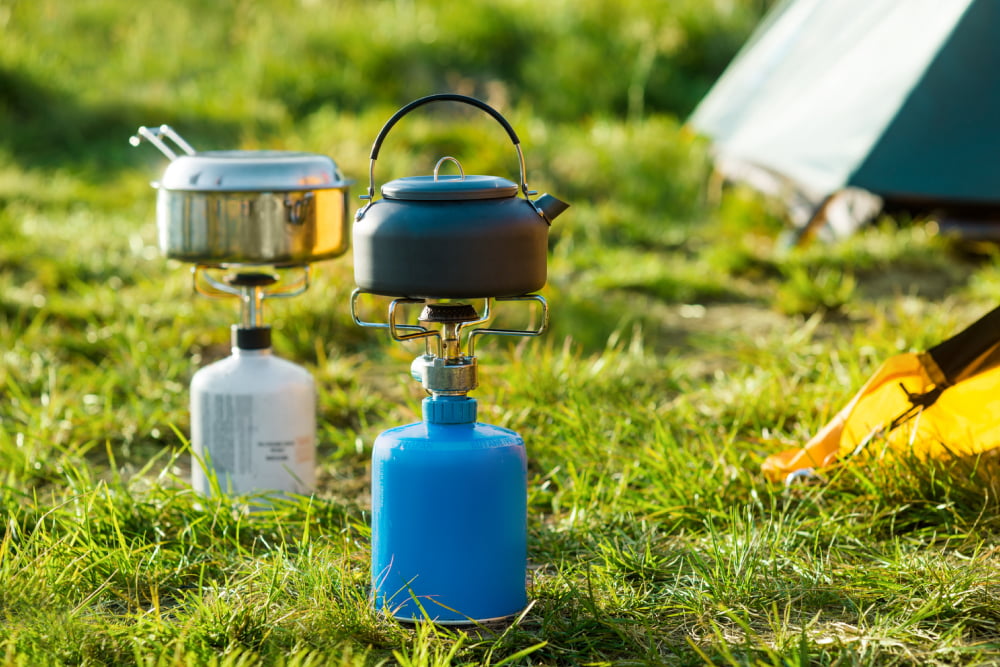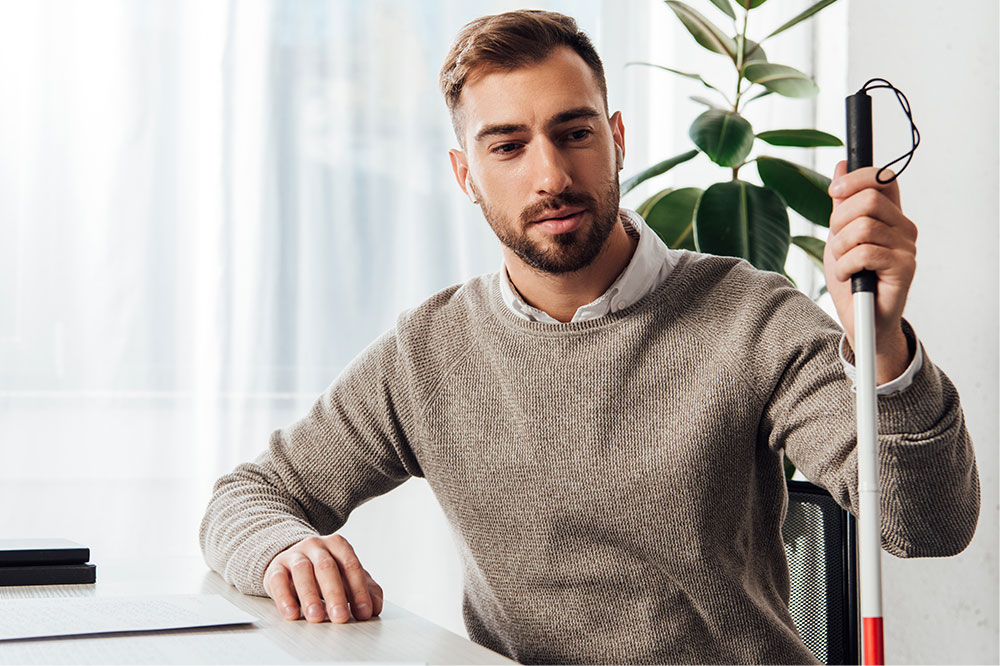12 common outdoor cooking mistakes to avoid

Barbecue season is always a smashing hit as it has delicious food that can be enjoyed outdoors in beautiful weather. However, even if one has experience with grilling, one may be committing some common errors, compromising on the final taste and texture of their grilled chicken, burgers, steaks, briskets, veggies, and more. Based on advice from grilling experts and chefs, here are 12 common outdoor cooking mistakes people make and how to avoid them.
Not cleaning the grill
It’s unlikely that one would use a dirty pan or pot to cook their food indoors. However, many people forget to clean their grills, especially the grates. This could compromise the taste and safety of one’s food. Before starting an outdoor cookout, ensure that the grill is cleaned thoroughly—clean out the old bottom, scrape the grease, and smoke the top off the smoker—for a hygienic and even cook.
Using poor-quality ingredients
One important thing to consider before organizing a barbecue is the quality of ingredients. For instance, using good-quality meat with the right amount of marbling and internal fat is likely to yield an end result that is much more delicious. Similarly, it is also important to pay attention to what is being used to cook the meat. Many commercially available charcoals are laden with fillers and additives. Avoid using those. Instead, opt for good-quality, all-hardwood charcoal for the grill.
Forgetting the tools
This is perhaps one of the biggest mistakes people make when heading out for camps or treks. Always remember to carry the tools required to cook over an open fire, such as a cast-iron pan, grill, matches or a lighter, marshmallow toasting fork, sandwich bread toasters, spatula, flatware, aluminum foil, and any other tools that one may require.
Using lighter fluid
People often use lighter fluid to hasten the coal-burning process on the grill. While this does help with speed, the smell and flavors can seep into the food. As an alternative, use a chimney starter to get the coal going.
Rushing the coals
It is extremely important to wait before spreading the coal for the barbecue to soar to life. After lighting the coals, wait until they turn white-hot before starting grilling. Avoiding this or putting the meats on the grill too soon could result in an extremely smoky flavor or burnt meat. This can take anywhere between 20 and 30 minutes, so plan accordingly.
Using direct heat only
On each grill, there are direct and indirect heat zones. With practice, one learns how to use these to cook multiple foods at the same time without burning. For instance, the direct heat zones are great for foods that need to be cooked quickly, such as hot dogs and hamburgers. However, for foods that need to be cooked long and slow, such as ribs, it may be a better idea to use indirect heat. To do so, just shift the meat to a side where the juices are not dripping right over the coals.
Opening the lid too much
There are many variables that can impact the grill’s ability to hold a stable temperature. These include the weather, air quality, brand of charcoal, and even the number of times one opens the grill. Opening the lid too frequently could significantly add to one’s cooking time, so avoid it. Instead, learn the basics of cooking on a fire and use that knowledge to work the grill!
Ignoring air vents
When working with a live fire, it is extremely important to know how to use the air vents to one’s advantage. Failure to do so could result in a grease fire. Until one is comfortable with managing the grill’s airflow on their own, it is best to keep the air vents off or partially open.
Avoiding meat thermometers
Meat thermometers can help take the guesswork out of a barbecue. This is particularly useful when cooking different cuts of meat or for people who enjoy different levels of doneness. When grilling steak, cook the meat until it reaches the following temperature, and then allow the meat to rest for five minutes:
Rare: 120℉ to 120℉
Medium Rare: 130℉ to 135℉
Medium: 140℉ to 145℉
Medium Well: 150℉ to 155℉
Well done: 160℉ to 165℉
Overcrowding the grill
When throwing a barbecue party, one may feel the need to rush their cooking. As a result, they end up overcrowding the grill. While this does allow all the food to cook, it does not let it reach a high enough temperature to cook well. To avoid running the risk of empty plates or health issues, one must plan out their cooking in batches. Place the longer cooks (brisket, ribs, and whole chicken) on the grill first, while managing the shorter cooks (steak, shrimp, fish, and vegetables) on the side.
Cooking cold meat
When cooking meat over a grill, it is pertinent that the meat be thawed to room temperature and not frozen. With cold meat, the outside cooks much faster than the inside, leaving one with burnt and undercooked meat.
Not resting the meat
After taking the meat off the grill, one must rest it for a few minutes before cutting into it. This is for two reasons. One is that it allows the meat to cool down a little, so it does not burn the tongue. Second, it gives time for the meat juices to redistribute through the meat, resulting in a juicy and succulent bite.






